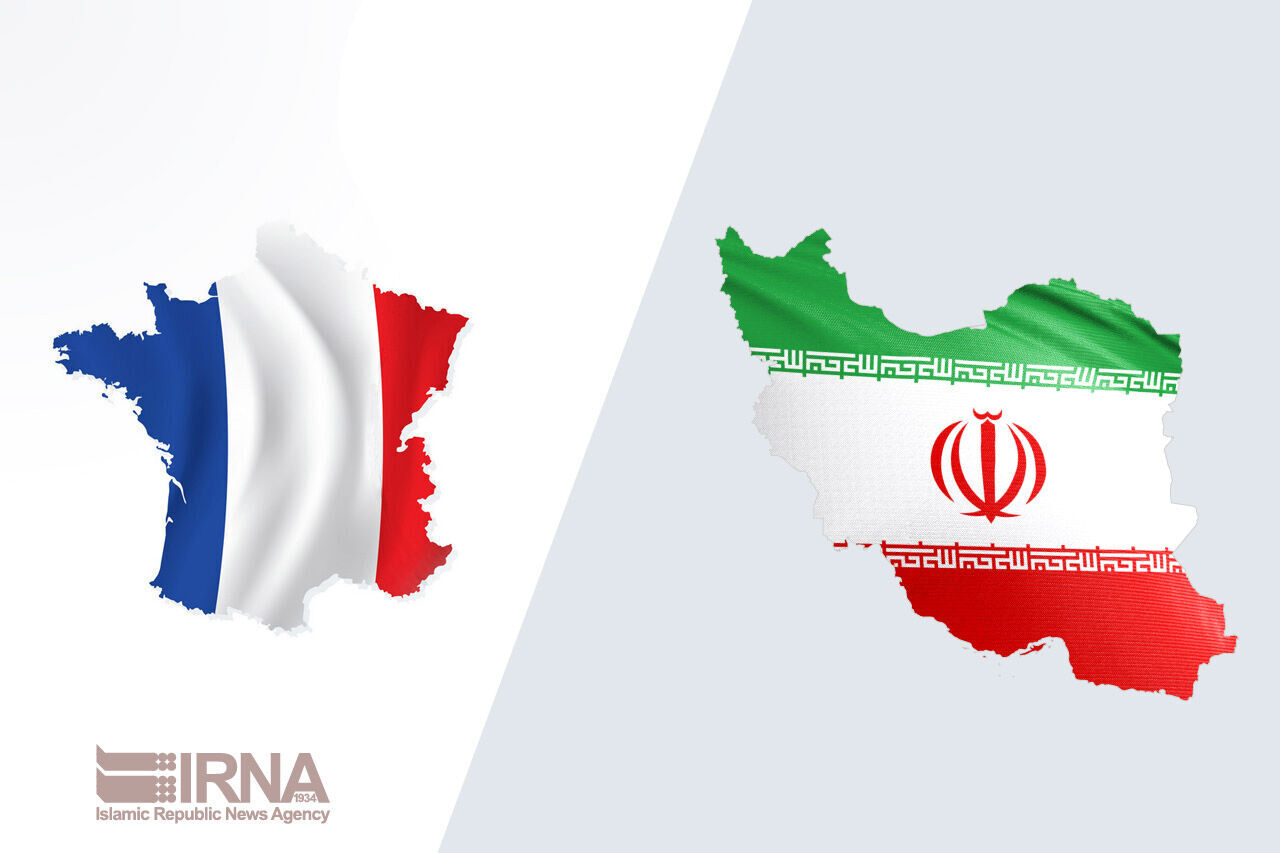President of Iran Chamber of Commerce, Industries, Mines and Agriculture (ICCIMA) Gholam Hossein Shafei said…
Home Appliances Market
The Market is Segmented By Product (Major Appliances (Refrigerators, Freezers, Dish Washing Machines, Ovens, Air Conditioners, and Other Major Appliances) and Small Appliances (Coffee/Tea Makers, Food Processors, Grills And Roasters, Vacuum Cleaners, and Other Small Appliances)), By Distribution Channel (Multi-Branded Stores, Specialty Stores, Online, and Other Distribution Channels), and By Geography (North America, South America, Europe, Asia-Pacific, and Middle-East And Africa). Middle-East and Africa). The report offers the market size and forecasts in value (USD Billion) for the above segments.
Global Home Appliances Market Overview
Technological advancements in this segment and the rise in consumer disposable income are expected to drive the Home Appliances Market over the predicted years. Also, high living standards, improved quality of life, and easy use of home appliances expect a boost to the market in the coming years. Additionally, various features of home appliances such as smart functionality, elegant design, sustainability, diversity, and effectiveness are predicted to fuel the market during the forecasted years.
The awareness of the advantages of home appliances over developing economies and expanding urbanization are anticipated to boost the Home Appliances Market. Attractive offers by online retailers, power innovation for AI-driven gadgets, and significant investments towards acquisition and product development are growth opportunities for the market.
Home Appliances Market, By Product
Based on Product, the market is bifurcated into Refrigerator, Air Conditioner & Heater, Entertainment & Information Appliances, Washing Machine, Cleaning Appliance, Cooktop, Cooking Range, Microwave & Oven, and Others. The Refrigerator segment is expected to hold the largest market share. The factors can be attributed to the availability of smart and energy-efficient refrigerator units, the growing disposable income, and the widening base of nuclear families.
Home Appliances Market, By Distribution Channel
Based on Distribution Channel, the market is bifurcated into Supermarket & Hypermarket, Specialty Store, E-Commerce, and Others. The availability of home appliances through various distribution channels is predicted to influence the market positively.
Home Appliances Market, By Geography
Based on regional analysis, The Global Home Appliances Market is classified into North America, Europe, Asia Pacific, and the Rest of the world. The largest share in the market will be dominated by the AsiaPacific owing to the higher purchasing power of consumers and the increasing awareness of the advantages of home appliances in this region.
Market Snapshot
The home appliances market is expected to register a CAGR of more than 4% during the forecast period, 2021-2026, due to rising economies and evolving consumer lifestyles.
COVID-19 has disrupted the global supply chain of the major home appliances and consumer electronic brands. China is one of the largest consumers and producers of various home appliances and consumer electronics products, but it also caters to a wide range of countries by exporting several input supplies that are essentially used to produce finished goods. The shutdown of the production in China has forced other consumer electronics makers based in the United States and Europe to temporarily hold the production of the finished goods. This is leading to an increase in the supply and demand gap.
Technological advancements have led to the development of smart appliances and are expected to drive the market growth over the forecast period. Smart appliances offer advanced features and are more energy-efficient. The rise in consumer disposable income, high living standards, and the need for comfort encourage consumers to upgrade their existing appliances to smarter versions, which is further expected to coerce the market demand. Consumers widely purchase home appliances as they offer ease, diminish efforts, and save time. Product innovation, new product development, product differentiation, and integration of numerous value-added features are further expected to catapult the market demand over the next few years. The market is considerably driven by trends such as effectiveness, diversity, sustainability, stylish design, and smart functionality of home appliances. The home appliance market offers significant growth opportunities as they are easy to use and help improve the quality of life. Moreover, the market is beholding new trends in terms of sustainability and energy efficiency, thereby simplifying several household tasks while endorsing well-being. High-quality materials and aesthetically pleasing designs combined with innovative and diverse functionalities offer avenues for market growth. Design is an important aspect of these white goods.
Wireless technologies like Wi-Fi and Bluetooth can be used in or accessed by smartphones and tablets. But the inclusion of these technologies in home appliances (like air conditioners) is a means of product differentiation by manufacturers that is enticing tech-savvy consumers. The improvement in network infrastructure has translated into better broadband and internet penetration. Therefore, consumers are increasingly opting for wireless and technologically advanced products, mostly for the convenience they offer. The low cost associated with the ownership of white goods, particularly in developing economies, also provides opportunities for market growth. Furthermore, a rise in replacement sales in developed regions is also expected to drive the market demand. This may be attributed to a rise in per capita income, coupled with rapid urbanization.
Scope of the report
A home appliance, also referred to as a domestic appliance, an electric appliance, or a household appliance, is a machine that assists in household functions such as cooking, cleaning, and food preservation. A complete background analysis of the home appliances market, which includes an assessment of the national accounts, economy, and the emerging market trends by segments, significant changes in the market dynamics, and the market overview, is covered in the report. The Market is Segmented By Product (Major Appliances (Refrigerators, Freezers, Dish Washing Machines, Ovens, Air Conditioners, and Other Major Appliances) and Small Appliances (Coffee/Tea Makers, Food Processors, Grills And Roasters, Vacuum Cleaners, and Other Small Appliances)), By Distribution Channel (Multi-Branded Stores, Specialty Stores, Online, and Other Distribution Channels), and By Geography (North America, South America, Europe, Asia-Pacific, and Middle-East And Africa). The report offers the market size and forecasts in value (USD Billion) for the above segments.
The Refrigerators Segment Accounts for a Significant Market Share
Refrigerators are considered a safe, easy, and convenient way to preserve food and food products. Rising disposable income, availability of smart and energy-efficient refrigerator units, and widening base of nuclear families are leading to an upsurge in demand for refrigerators for household applications. Single-door refrigerators are the most widely used door type as they are cost-efficient, easy-to-use, and may or may not contain an inbuilt freezer. The French door refrigerators, on the other hand, are rapidly gaining popularity owing to ease of usability and smart features introduced in these refrigerators. Nevertheless, market players are trying to develop new models that have a minimum environmental impact. Abandoning the use of old refrigerators and regular servicing are likely to reduce harmful emissions, thereby curtailing environmental pollution.
Asia-Pacific is Dominating the Home Appliances Market
The market for home appliances in the Asia-Pacific region is largely dominated by regional brands, including Haier, Midea, Gree, Hisense from China, Samsung, and LG from Korea, Panasonic, Sharp, and Hitachi from Japan, and Videocon from India. The smart appliances market in Asia-Pacific is expected to grow at a rapid rate. Developed countries like Japan, Singapore, Hong Kong, and Indonesia are expected to register an increase in the sales of smart appliances, mostly owing to the rising energy and labor costs, the high purchasing power of consumers, and greater awareness about smart cities and smart integrated appliances. China has the highest demand for conventional air conditioners, by volume, across the globe, owing to government policies that favor energy-saving appliances, a growing property market, and hot weather.
Competitive Landscape
The report covers major international players operating in the home appliances market. In terms of market share, some of the major players currently.
Major Players
- Whirlpool
- Haier
- Samsung Electronics
- LG Electronics
- Bosch
Recent Development
- September 2022 – At IFA 2022 in Berlin, Germany, LG Electronics (LG) plans to introduce its ground-breaking refrigerator with MoodUP technology, which includes color-changing LED door panels. The new refrigerator skillfully bridges the borders between design and technology to serve younger consumers’ changing needs better. With the help of LG’s MoodUP technology, customers can design a unique lighting system for the refrigerator using a variety of brilliant colors to match their mood or the surroundings. In addition, users may use the device’s built-in Bluetooth speaker to play music to set the mood in the kitchen, whether they are hosting a party or cooking for themselves.
- August 2022 – Enphase Energy, Inc., a leader in microinverter-based solar and battery systems and a global leader in energy technology, declared a new partnership with Home Connect. This open digital platform enables the management of multiple brands of home appliances through a single app. Enphase will connect its home energy systems with the Home Connect platform as part of the partnership, providing a smart, eco-friendly, and highly effective solution to power home appliances that support Home Connect. Enphase and Household Connect aim to make it simple for clients to set up home appliances that support Home Connect to run during solar energy production peaks, off-peak energy hours, or when energy prices are at their lowest.
- February 2022 – The flagship firm of the Godrej Group, Godrej & Boyce, has announced the launch of its line of luxury air conditioners from Godrej Appliances, which feature enhanced cooling, air purifying technology, IoT controls, distinctive aesthetics, and more. With IoT, UVCool technology, Nano Coated Anti-Viral filtering, decreased derating, and other technologies, these air conditioners offer smart controls to more tech-savvy consumers in addition to comfort and safety.





This Post Has 0 Comments